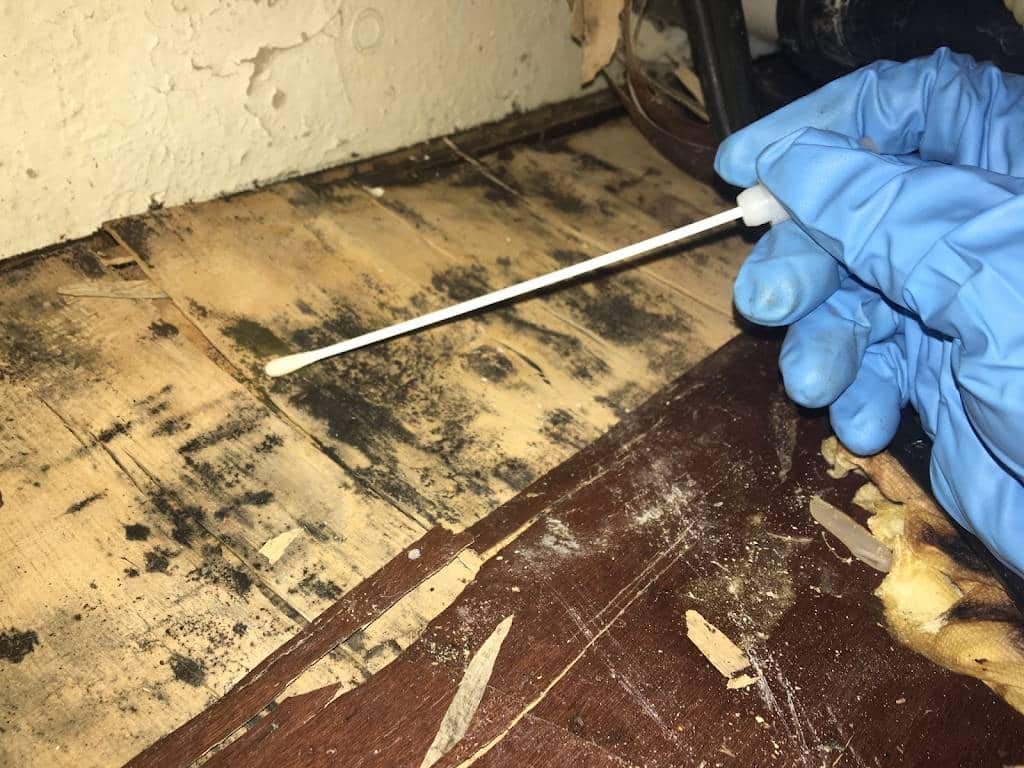Your Ultimate Guide to Blog Post Mold Remediation Strategies
In the consequences of mold and mildew infestation, knowing just how to successfully eliminate the mold and mildew and avoid its reoccurrence is vital for preserving a healthy interior environment. From choosing the right cleaning and decontaminating techniques to implementing approaches for lasting mold and mildew avoidance, each action in the removal trip plays a crucial duty in making sure a successful end result.
Understanding Post-Mold Removal Process
After finishing the mold and mildew remediation procedure, it is important to understand the post-mold removal techniques that are required to ensure a efficient and thorough cleanup. When the mold and mildew has actually been removed, the next step includes cleansing and decontaminating the affected areas to stop any type of regrowth of mold and mildew. This consists of using specialized cleansing representatives to wipe down surfaces and kill any kind of staying mold and mildew spores. It is vital to dry the area completely to discourage the development of mold in the future (what to do after mold remediation). Appropriate ventilation and dehumidification can assist in this process.
Additionally, performing a last assessment post-remediation is vital to make certain that all mold has been efficiently eradicated. This assessment should entail a detailed aesthetic check in addition to potentially air sampling to confirm the lack of mold and mildew spores airborne. Additional removal might be needed if the examination exposes any kind of sticking around mold. Educating occupants on precautionary actions such as managing wetness degrees and immediately attending to any kind of water leakages can aid keep a mold-free environment.
Effective Cleaning Up and Sanitizing Approaches

Stopping Future Mold And Mildew Development

Importance of Appropriate Ventilation
Correct ventilation plays an essential role in preventing dampness build-up, a vital factor in mold and mildew growth within interior atmospheres. Efficient ventilation systems assist remove excess humidity from the air, lowering the chances of mold and mildew spores locating the moisture they need to spread and germinate. Without sufficient ventilation, indoor areas can end up being a reproduction ground for mold, leading to prospective health and wellness threats and structural damage.
By making sure appropriate air circulation, ventilation systems can also help in drying out moist locations quicker after water damage or flooding events, further preventing mold and mildew development. what to do after mold remediation. In spaces like shower rooms, attic rooms, kitchen areas, and cellars where wetness levels often tend to be greater, setting up and keeping effective ventilation systems is critical in avoiding mold and mildew infestations

Tracking and Maintenance Tips
Offered the vital role that appropriate air flow plays in preventing mold development, it is vital to establish efficient tracking and maintenance tips to make certain the continued capability of air flow systems. Surveillance moisture degrees within the residential or commercial property is likewise vital, as high moisture can contribute to mold and mildew development. By staying aggressive and mindful to the problem of ventilation systems, residential or commercial property proprietors can successfully minimize the threat of mold regrowth and preserve a healthy indoor environment.
Verdict
In final thought, post-mold remediation strategies are essential for making certain a clean and safe setting. Understanding the procedure, executing effective cleaning and decontaminating approaches, preventing future mold and mildew growth, keeping correct ventilation, and normal tracking are all essential steps in the removal procedure. By complying with these guidelines, you can successfully eliminate mold and mildew and avoid its return, working or promoting a healthy living area for all passengers.
In the results of mold and mildew infestation, recognizing how to successfully eliminate the mold and stop its reoccurrence is critical for preserving a healthy and balanced indoor setting. When the mold has actually been removed, the next step includes cleaning and disinfecting the influenced areas to protect against any type of regrowth of mold and mildew - testing air quality after mold remediation. After getting rid of noticeable mold growth, it is critical to clean up all surface areas in the afflicted area to eliminate any kind of continuing to be mold spores. To even more boost mold and mildew prevention procedures, it is necessary to attend to underlying issues that initially led to mold and mildew advancement.Offered the essential function anonymous that appropriate ventilation plays in stopping mold and mildew development, it is crucial to develop reliable surveillance and upkeep pointers to make certain the continued functionality of ventilation systems
Comments on “Comprehensive Post Mold Remediation Procedures”